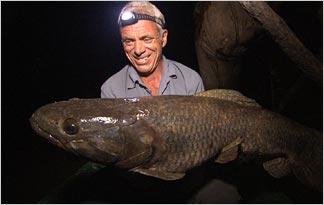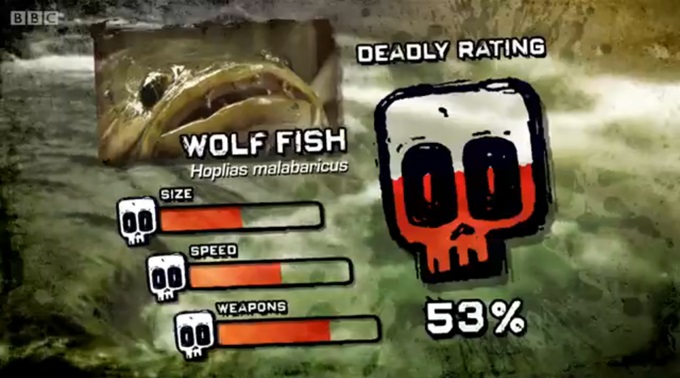
Various forms of silica include sand, emerald, quartz, feldspar, mica, clay, asbestos,Īnd glass. Silica is very common in nature and makes up 26% of the earth's crust by weight. Today, silica deposits are mined from these areas. Over a long period of time, diatoms accumulated in the sediment of

Their skeletonsĪre made of a natural substance called silica. Can diatomaceous earth affect birds, fish, and other wildlife? What is diatomaceous earth?ĭiatomaceous earth is made from the fossilized remains of tiny, aquatic organisms called diatoms.What happens to diatomaceous earth in the environment?.Are children more sensitive to diatomaceous earth than adults?.Has anyone studied non-cancer effects from long-term exposure to diatomaceous earth?.Is diatomaceous earth likely to contribute to the development of cancer?.What happens to diatomaceous earth when it enters the body?.

What are some signs and symptoms from a brief exposure to diatomaceous earth?.How might I be exposed to diatomaceous earth?.What are some products that contain diatomaceous earth?."If you, for example, took out the heart of this fish, it would probably continue to beat for an hour if kept in the correct solution." He ended by criticizing the footage, drawing attention to the lack of respect being paid to the animal as it is just being played with.įor more strange instances of fish appearing to resurrect after death, check out this wiggling fish that has already been gutted and these twitching fish that have been fried. "The reason for why this reflex can persist after decapitation is because these are cold-water species, and the cold temperature allows tissues, like the brain, nerves, and muscle to 'stay alive' longer, before they die from lack of oxygen, and that the reflex arch from the mouth to the brain and back is unharmed by the decapitation," explained Björnsson. Wolffishes have particularly strong jaw muscles as they feed on creatures with solid shells like mussels, clams, and sea urchins. On detecting something entering the mouth, sensory nerves send signals to the brain, which then sends more nerve signals to the jaw muscles, telling them to contract. Essentially, the jaw is programmed to bite. "This is obviously a neuromuscular reflex, with receptors in the jaws and/or mouth cavity which register if anything (a prey, normally) is in the mouth," said Björnsson. So how did the fish manage to bite the can after being decapitated? The person who uploaded the video to Reddit describes the fish as poisonous, but this is inaccurate as wolffishes are neither poisonous nor venomous. If you do that with wolffish, your thumb would go the same way as the Coke can." "For other species, a usual way of grasping a fish would be to grasp it by the lower jaw. This they bite down very hard with very sharp teeth, and they don’t let go.

the contents of a bottom trawl is dumped on the deck of a trawler and the fishermen stand knee-deep in various species of fish, working on sorting and separating, an often-used routine was to stick a broom handle or similar into the mouths of the stray wolffish in the catch, so that nobody would be hurt by accidentally sticking a hand or a foot in their gaping jaws.

"The wolffishes have a notorious biting reflex which is well-known by fishermen," said Björnsson. "Thus when e.g. It eats crustaceans as well as mollusks, smaller fishes, and worms. "I would most definitely think that this is a spotted wolffish ( Anarhichas minor)," Professor Björn Thrandur Björnsson, head of the fish endocrinology laboratory at the University of Gothenburg, told IFLScience. The spotted wolffish is found in the North Atlantic and Arctic Oceans and can grow to almost 2 meters (6.5 feet) in length.


 0 kommentar(er)
0 kommentar(er)
